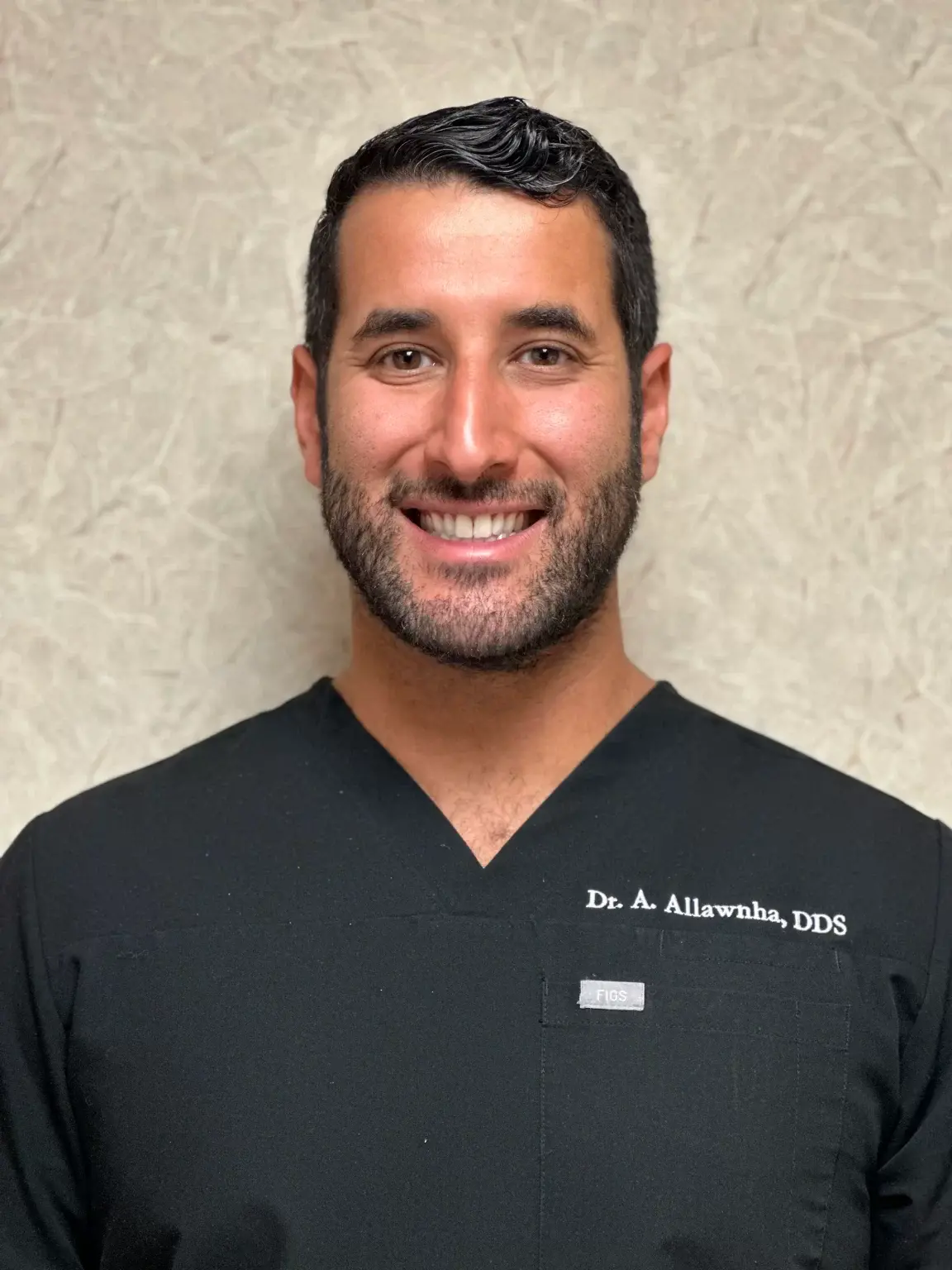With summer in full swing, you are probably looking forward to your favorite summer treats with your family and friends. But, if you have lost multiple teeth or have poorly fitted dentures, you might find it difficult, or even impossible, to enjoy your favorite recipes. There’s a way to make the most of your summer with implants.
Dental implants or dental fixtures can recreate the visible parts of your teeth, as well as the root section below the gum line. They are more durable, reliable, stable, long-lasting than any dental bridge or denture.
Summer is a great time to start your implant procedure and restore your smile. It can take several weeks or even months for your mouth to heal fully after surgery. With the warm season, you’ll be able to relax at the pool, by the beach, or in your own backyard with your loved ones while you recover.
You may need to avoid some of your beloved sweets and meals, but it will all be worth it once your implant completely heals. Before you get started, here are some of the things you need to know about dental fixtures.
What Are Dental Implants
Although many people think that the whole implant means the replacement tooth, it really only refers to the portion that was inserted into the bone. Dental implants are artificial teeth roots that are surgically placed into the jawbone. They function the same way as natural roots, providing a strong foundation for permanent or temporary replacement teeth.
For many years the standard material for implant dentistry has been titanium. With the advancement in technologies and multiple research and testing, experts found that zirconia has chemical and physical properties that make it a perfect material for implants. Here’s the difference between titanium and zirconia:
1. Titanium
Until today, titanium remains the most preferred material for dental implants. Titanium implants are considered the most versatile and cost effective option. As it is a bio-compatible material, it can be placed into the jawbone as naturally as a regular tooth, allowing it to stick and last longer than other implants.
Today’s titanium implants are made with titanium alloys and not pure titanium. These titanium alloys make the implants stronger and last longer. They are also safer for patients who have allergic reactions to metals.
2. Zirconia
Zirconia has been around for almost a century and is the recent material to enter the dental implant industry. Zirconia implants are great options for patients who have concerns about metal allergies. They are resistant to corrosion and are a great metal-free options.
While zirconia is extremely sturdy, one of its downfalls is that there is a limited amount of testing and studies to evaluate its efficacy as it is only recently discovered.
What Are the Types of Dental Implants
Dental implants come in different sizes, coatings, materials, and connectors. However, most of them fall under one of these two categories:
1. Endosteal Implants (Endosseous)
Endosteal is the most common category of implants, which includes the smooth, threaded, and bladed types. They are used as safe and effective choices in place of removable or bridge dentures.
The surgical placement of endosteal implants commonly involves drilling the jawbone and inserting an artificial root. The treatment then proceeds once the bone and soft tissues are completely healed.
Adequate jawbone density is needed to ensure stable results of endosteal placement. This implant might not be supported if the jawbone is too narrow or worn down by trauma or disease. In cases of narrow jawbones, a subperiosteal implant might be the better option.
2. Subperiosteal Implants
Subperiosteal implants are rarely used in dentistry. These implants were designed originally for patients with narrow jawbones. They are placed within the gum tissue with the metal implant exposed to hold the dentures.
Unlike the endosteal, these implants do not offer the same stability since they are not inserted into the jawbone, but instead rest on top and are held in position by soft tissue. As it doesn’t require major drilling, placement surgery for subperiosteal implants is often performed in just two visits and requires a shorter treatment time.
Dental Implants Costs
On the surface, dental implants can be quite expensive. However, regular maintenance of a damaged tooth outstrips the cost of a single implant, which lasts a lifetime. Implants indeed are the best investment for replacing missing, damaged or unhealthy.
Implant procedures can be complex, and there are many factors to be considered when it comes to determining the final costs. Generally, dental implants costs depend on:
- Comprehensive dental exams, including 3D imaging
- Extraction of damaged and problematic teeth
- Installation of the implants
- Placement of the abutments
- Fabrication of the crown for dental use
- Placement of the crown
Another factor that influences the cost of implant procedure is the dentist’s location. Dentists in larger metropolitan areas tend to offer more expensive implants than those in small suburban areas.
The cost of each procedure varies per dental office. Some dental offices offer a free complimentary computed tomography scan (CT scan) at the start of the process. This CT scan is used to determine whether a patient is suitable for dental implants.
Implants are long-term investments. It is thus reasonable that they are priced accordingly. Depending on the individual cases, the price ranges for implant procedure are:
1. Single Tooth Implant Cost
The cost of a single tooth implant now only refers to the implant itself, which is just the metal or ceramic screw that goes into the jawbone. The abutment and crown that will be attached to the implant have separate prices. In some cases, a sinus lift or bone transplant is needed to ensure the implant remains stable. This too, adds to the price.
According to the American Dental Association’s Health Policy Institute, the cost of an implant, abutment and crown, as well as any other required procedures, ranges between $3,100 and $5,800.
2. Multiple Tooth Implant Cost
There are implant options when replacing multiple teeth and other adjacent teeth, and therefore more pricing options. If three or more neighboring teeth need to be filled, dentists usually create a bridge to support two implants instead of individually inserting three or more. This technique may lower the cost of the entire procedure, which commonly ranges from $6,000 to $10,000.
3. Full Mouth Implants Cost
There are many approaches for full-mouth dental replacement. Replacing the teeth individually is the most expensive option, which typically costs between $60,000 and $90,000, but is considered the most comfortable. This option allows the dentist to preserve some of the existing healthy teeth.
A less expensive option is implant-supported dentures, where two full arches of false teeth are used to replace the natural upper and lower teeth (after any remaining teeth are removed). Each arch is attached to four to six implants in the upper or lower jaws. This option, also known as All-on-4, costs between $24,000 to $50,000 for a complete set.
Dental Insurance for Implants
Dental insurance for implants was traditionally considered “elective” in the past. Meaning costs associated with implants procedure are not usually covered by insurance. Today, a small percentage of dental insurance now covers the cost of implant surgery—the percentage varies depending on the procedure.
With dental insurance, a reimbursement amount of $1,500 per implant is usually given. Some patients are eligible to receive reimbursements for both calendar years if their implant work spans more than two years.
Health Reimbursement Accounts (HRAs), Flexible Spending Accounts (FSAs), and Health Savings Accounts (HSAs), all cover the costs of implant procedures. They function similarly to one another—either reimburse or pay for expenses incurred. This includes the difference between what insurance covers, and what needs to be paid on hand.
Why Summer is the Best Time for Dental Implants
Now that you know everything about implants, it is time to consider whether replacing missing teeth with implants is the best option for you. But instead of waiting for the best time to seek dental care, take advantage of the summer season to restore your smile with a long-lasting solution—implants!
Here are five reasons to get out of the pool and treat your damaged teeth before it’s too late:
1. Change your outlook in life.
Research has shown that your dental health condition can impact your self-esteem as well as how you are perceived by others. You might feel embarrassed about the imperfections in your smile and choose to avoid social events, summer activities, and photos.
When you choose implants, there is no need to hide. A beautiful, complete smile will all be yours. You might be more open to participating in summer events because of your restored confidence.
2. You have more flexibility in your schedule.
Summer is a slower time in life, so you will likely have more flexibility during the day. Your vacation can be used to improve your smile, without you having to miss work. You will have ample time to rest and recuperate so that you can focus on your healing rather than rush to return to work.
3. Dental insurance are not yet expired.
Your dental benefits expire at the end of each calendar year. Remember, you won’t receive any reimbursement for dental benefits you don’t use. This summer, make the most of your dental insurance. It is almost halfway through the year, so there is still much time left for you to maximize your benefits.
Restore Your Smile With Century Dental
Give your oral health a boost with a dental implant that perfectly suits you.
At Century Dental, we believe that replacing missing teeth can improve the overall dental health of your gums and teeth over time. Implants are long-term solution that can help you save more in the long run. For more information about implant surgery, reach out to our dentists near Treasure Island, FL.





